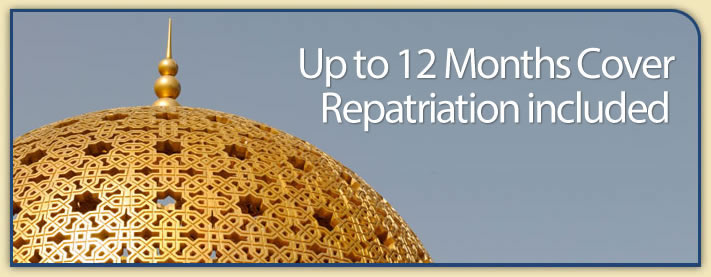Rocky Mountain Spotted Fever
Rocky Mountain Spotted Fever is the most severe and most frequently reported rickettsial illness in the United States. The disease is caused by Rickettsia rickettsii, a species of bacteria that is spread to humans by ixodid (hard) ticks. Rocky Mountain Spotted Fever was first recognized in 1896 in the Snake River Valley of Idaho and was originally called ‘black measles’ because of the characteristic rash. It was a dreaded and frequently fatal disease that affected hundreds of people in this area. By the early 1900s, the recognized geographic distribution of this disease grew to encompass parts of the United States as far north as Washington and Montana and as far south as California, Arizona, and New Mexico. Over 90% of patients with Rocky Mountain spotted fever are infected during April through September. This period is the season for increased numbers of adult and nymphal Dermacentor ticks.
Occurrence: Over half of Rocky Mountain spotted fever infections are reported from the south-Atlantic region of the United States:
- Delaware
- Maryland
- Washington D.C.
- Virginia West Virginia
- North Carolina
- South Carolina
- Georgia Florida.
Infection may also occur in other parts of the United States, namely the Pacific region:
- Washington
- Oregon
- California
and in west south-central region:
- Arkansas
- Louisiana
- Oklahoma
- Texas
Manifestations: following an incubation period of about 5—10 days after a tick bite. The early clinical presentation of Rocky Mountain spotted fever is non specific and may resemble a variety of other infectious and non-infectious diseases. The disease can be difficult to diagnose in the early stages, and without prompt and appropriate treatment it can be fatal.
Initial symptoms may include:
- fever
- nausea
- vomiting
- severe headache
- muscle pain
- lack of appetite
Later signs and symptoms include:
- the development of a rash
- abdominal pain
- joint pain
- diarrhoea
Diagnosis and treatment: Diagnosis is carried out by taking a blood test. Appropriate antibiotic treatment should be initiated immediately when there is a suspicion of Rocky Mountain Spotted Fever on the basis of clinical and epidemiological findings. Treatment should not be delayed until laboratory confirmation is obtained. Vaccine: Is not available.
Prevent Rocky Mountain Spotted Fever by:
- Avoid tick-infested areas
- Protect yourselves from tick bites by dressing appropriately
- Using repellents. Repellents containing N,N-diethylmetatoluamide (DEET) can be applied directly on the skin.
- Compounds containing permethrin have an acaricidal and repellent effect and should be used on clothing and camping gear.
Information Only
The content above is for information purposes only and we have tried to ensure that the information is as accurate as possible. We cannot accept any responsibility for any inconvenience, loss or injury as a result of the information above. You should always check and verify any critical information like visas, health and safety and customs with the relevant authorities before you travel since information can change at any time.



